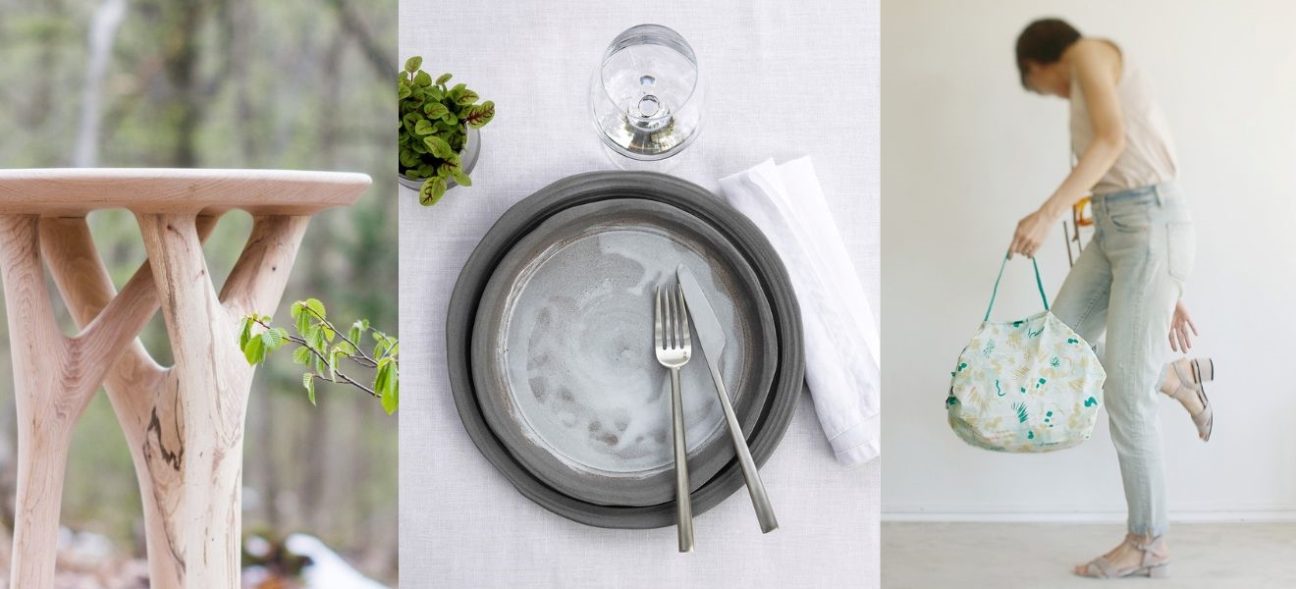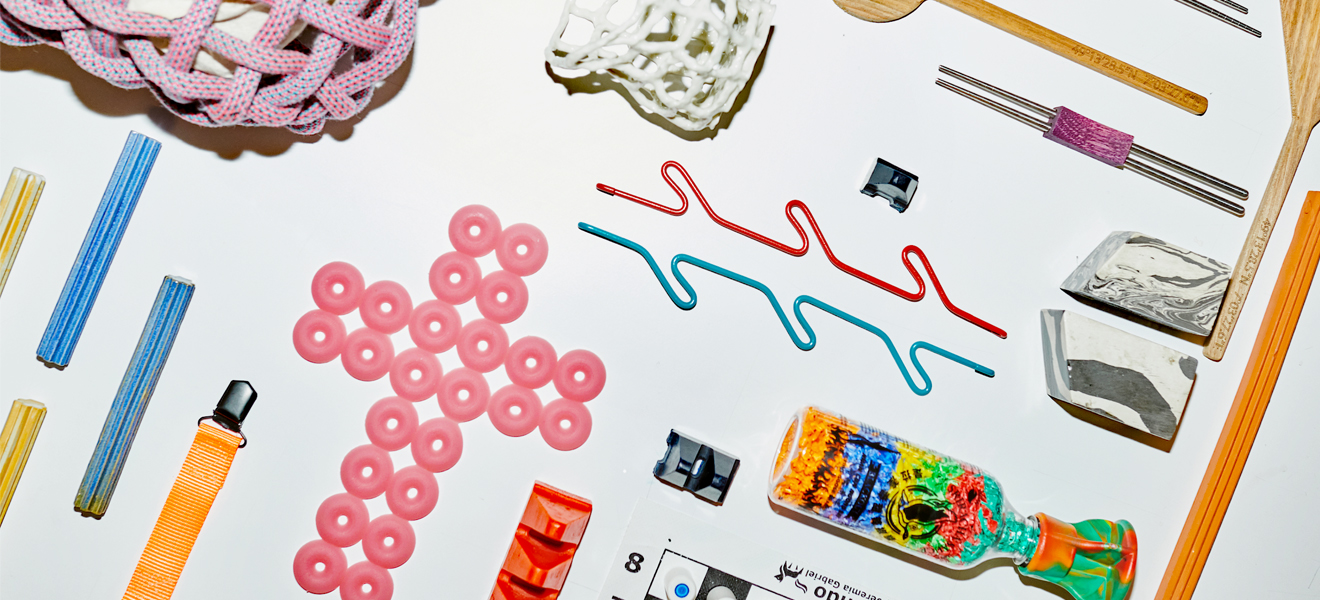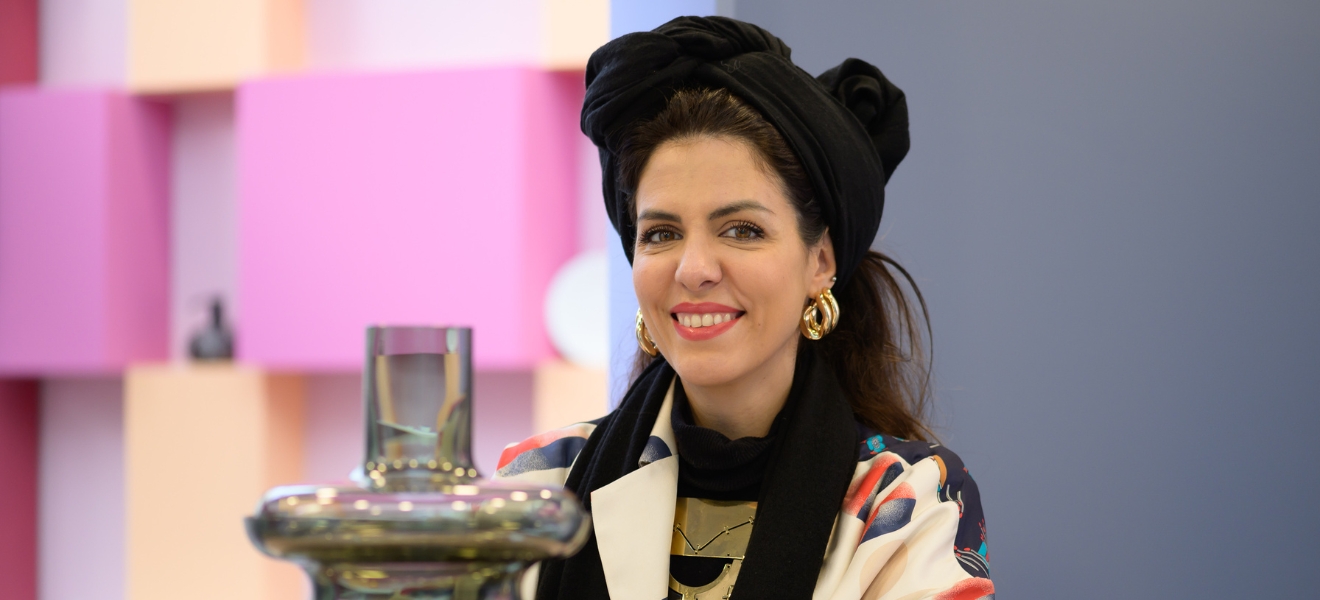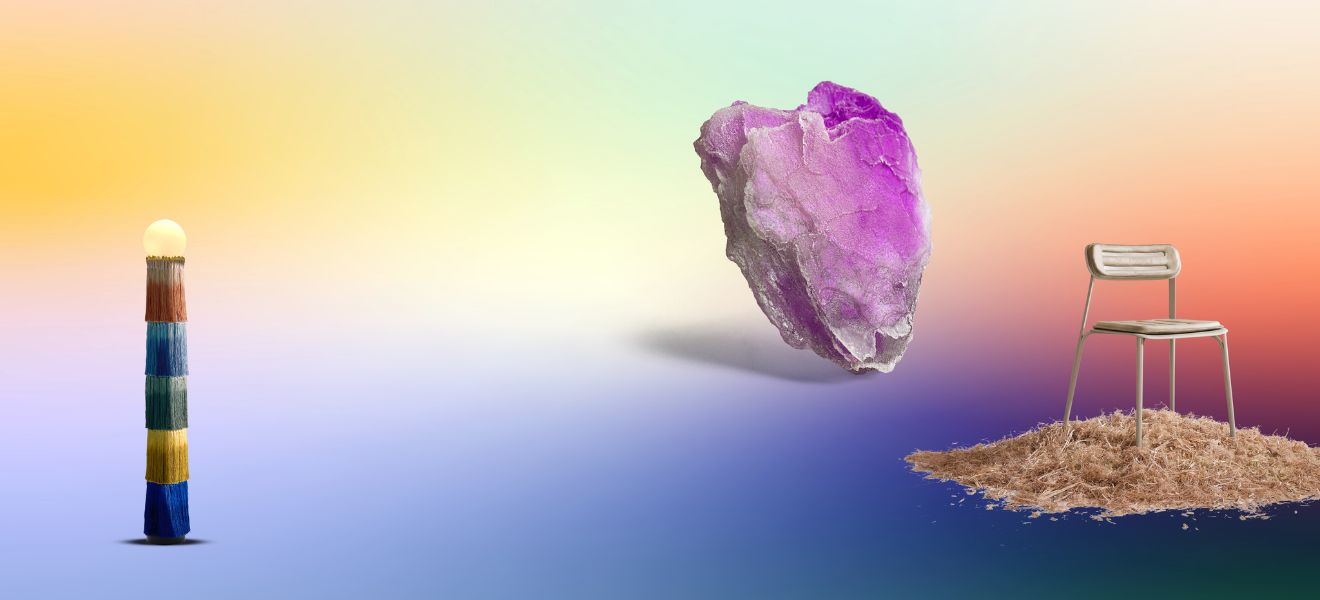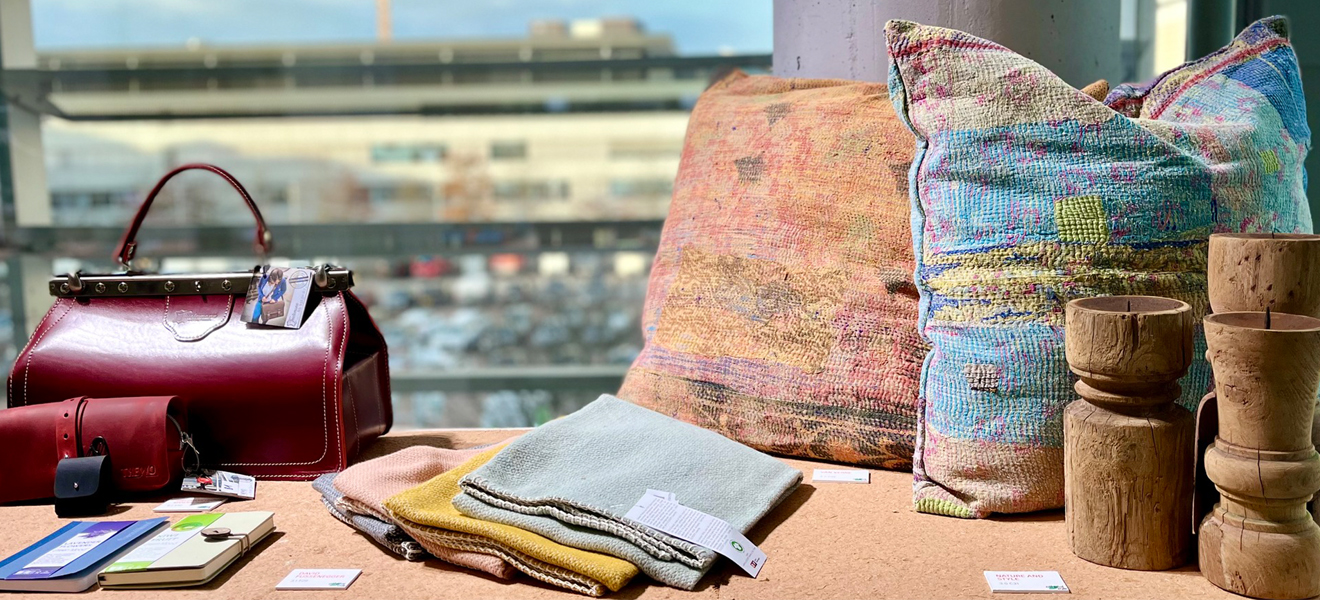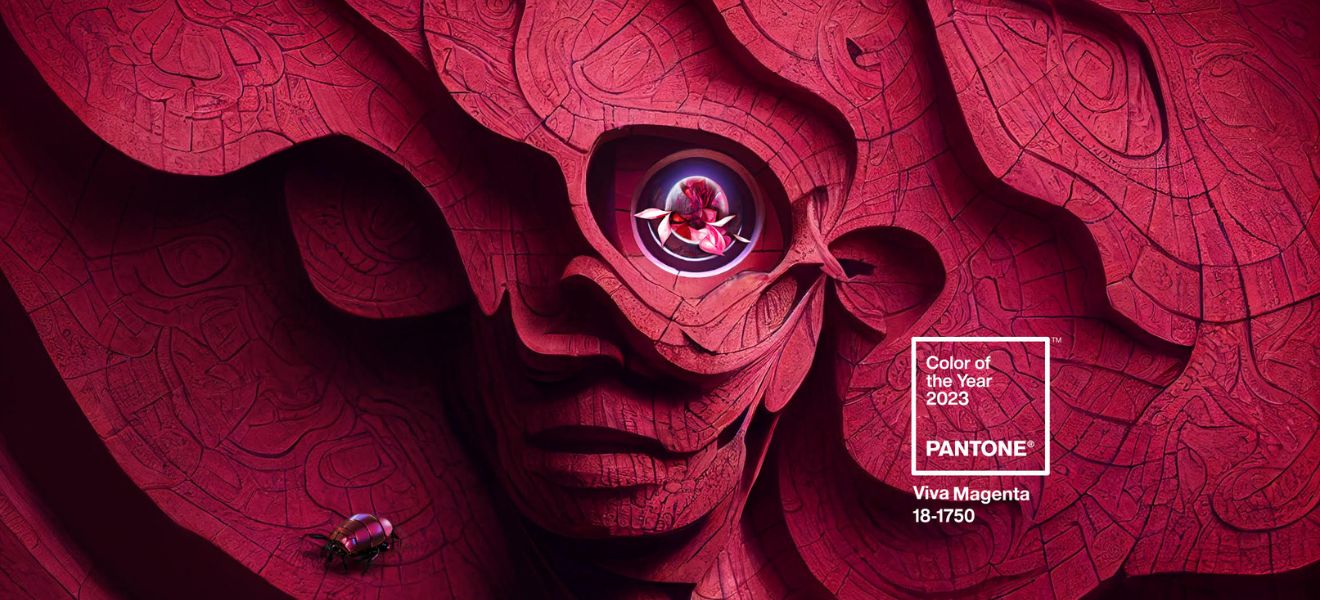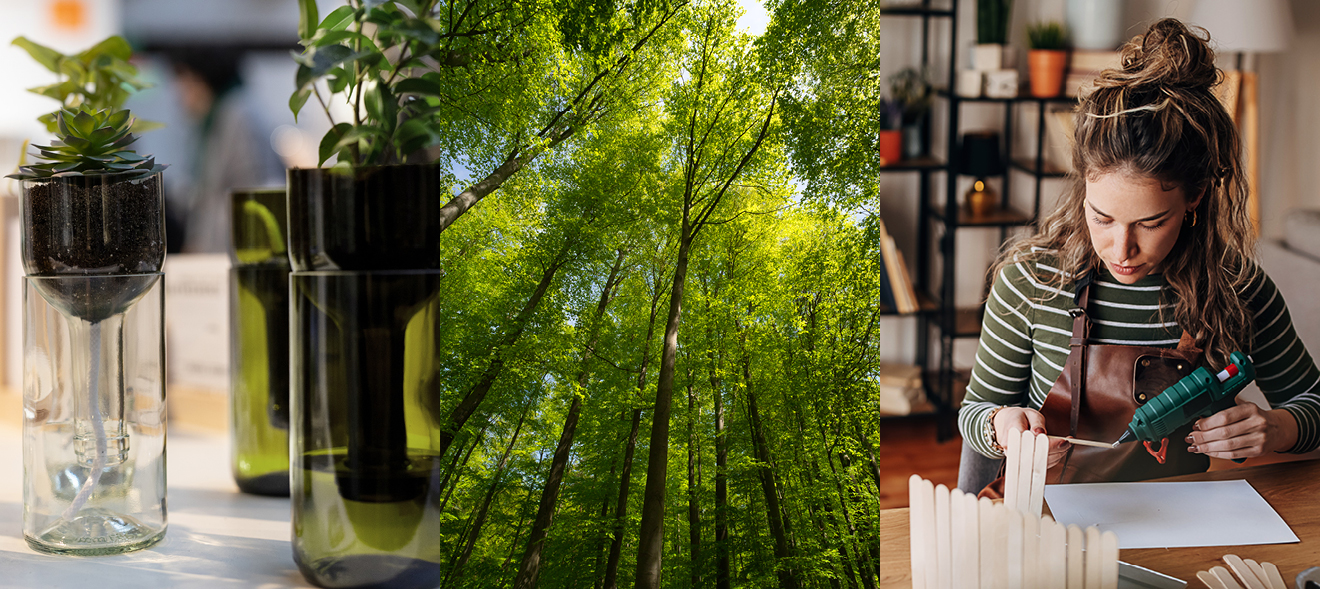Discovering product worlds with all your senses and being inspired by new products: Ambiente celebrated its brilliant comeback in 2023. In search of current trends, new design approaches and hidden treasures, we got some help with trend scouting and asked the three renowned designers Ross Lovegrove, Ineke Hans and Mark Braun about their impressions of the fair.
This year’s Ambiente was eagerly awaited. For its re-start, the world’s leading trade fair for consumer goods came up with many innovations and reflected the global market with its attractive international product mix. Definitely in focus at Ambiente 2023 was the subject of sustainability, which was omnipresent with innovative ideas and solutions. Whether compost bins for organic waste, vases, bowls and carafes made of recycled glass, accessories made of upcycled leather or the comeback of natural materials such as enamel and ceramics – the quest for more sustainable consumption has many faces. Also of great importance is always the topic of design. The who’s who of the international creative scene meets in Frankfurt. In addition, the renowned “Talents” programme gives up-and-coming designers the unique opportunity to present themselves to an international audience of experts and to make their first contacts in the consumer goods market. What trends have renowned designers discovered with their professional eye at Ambiente 2023? We asked designers Ross Lovegrove, Ineke Hans and Mark Braun to share their impressions of the fair and product highlights with us.
Ross Lovegrove: Sustainability begins with selective consumption
Ross Lovegrove combines technology, manufacturing and material science with the logic of nature in his work – this is represented by his numerous publications, projects with renowned designers and designs for brands such as Apple, Sony, Louis Vuitton and Hermès. Organic forms and structures are typical of Lovegrove’s signature. As one of the jury members, the British industrial designer is a familiar face on the television series ByDesign.
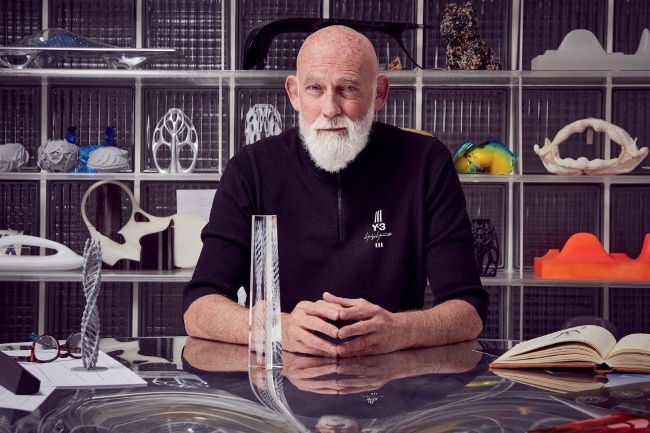
The ecological aspect is becoming increasingly important in Lovegrove’s work, which is also particularly relevant to him when looking back at Ambiente: “Sustainability and the problems humanity is facing begin with selective consumption, so that we are all not blindly acquiring objects and products based on low price and fast fashion style culture.” Design can play a decisive role in this, the creative is convinced: “Design is becoming so valuable in order to lift the value of what we produce either in the thoughtful use of materials, innovation in aesthetics, sustainability, function and art. We must design and make products that are loved and kept for a lifetime and companies such as Alessi, George Jensen and Vista Alegre just to name a few do this and should be the guiding light in the fusion between design, manufacturing and art.”
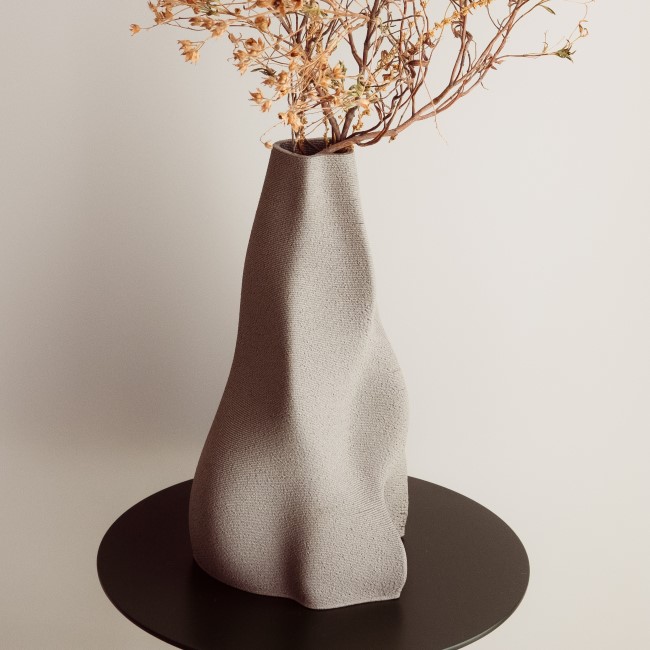

Lovegrove identifies natural materials and forms, high craft, the use of textures, light and emotion as a particular trend. “There is a contemporary experimentation with new technologies emerging such as 3D printing which brings beautiful new forms and qualities that are visually and physically tactile. In fact the students work at Ambiente that I saw in this field proves that a younger generation is looking for uniqueness rather than mass produced products.” 3D printing is also used by Cindy Valdez, founder of Migration of Matter and one of the Ambiente Talents 2023, to produce her ceramic collections. Named after the mountains of the same name, the “Andes” vase is wavy and tapered, with no two angles looking the same. Also a Talent 2023 is Simon Gehring. With his project “regrowth”, for which he uses residual materials from the wood industry, he shows how forgotten resources find their way back into industry and our everyday lives.

For Lovegrove, the reinterpretation of the kettle designed by Michael Graves for Alessi in 1985 is most remarkable. The limited version by Virgil Abloh Securities – designed by Studio Alaska Alaska, founded by Abloh – is an iconographic update. “Total disruption in the field from Virgil who being an outsider has brought art to design without losing any functionality. This exclusive limited collection brings back the early spirit of Alessi and challenges the status quo of tasteful design.”
The designer is impressed by the efforts and creativity of the exhibitors who resolutely used the re-start of Ambiente. “Ambiente is a place with real charisma and thus brings together all the important players in the consumer goods sector.”
Ineke Hans: Design is both – a problem and a solution to climate change
Ineke Hans is one of the leading Dutch designers and her sustainable design approaches are being received worldwide. “Rex”, her sustainable chair made from recycled plastic products, is the first ‘deposit chair’ that can be returned to the Dutch Circuform collection points. This ensures a closed product cycle. Hans is a professor at the University of the Arts in Berlin.
It is not surprising that Hans also identifies the need to offer sustainable consumer goods as the top theme of Ambiente: “It doesn’t always have to be the big, flashy projects. Rather, there are many small things that can make products more sustainable. A good example are bubble mailers, which are completely plastic-free and therefore much easier to recycle.” Nevertheless, Hans definitely appreciates plastic as a versatile material. The problem, she says, is that far too little plastic is recycled. “But fortunately, more and more manufacturers are thinking about which materials they are using and how they can be recycled.
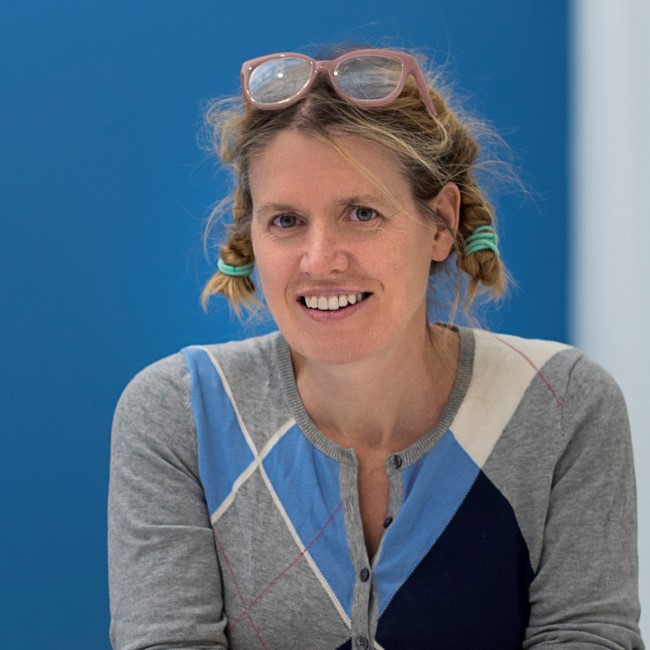

The Argentinian paper manufacturer Ledesma, for example, developed a “natural paper” as early as the 1960s that is made of 100 per cent sugar cane and is produced without bleaching chemicals. Sugar cane is an annually growing plant that also absorbs CO2”, the designer knows. She notes positively that many special presentations at Ambiente, such as the Ethical Style spots, highlight the topic of sustainability, which can thus be grasped even better by visitors.
The Japanese company Marna produces the practical Shupatto folding bags from 100 percent recycled materials. Thanks to the one-pull design, the bags can be folded up very quickly, so you always have a shopping bag with you and don’t need paper or plastic carrier bags. The Danish label Dottir Nordic Design focuses on traditional handicraft production. Conventional shapes and patterns are reinterpreted into small ceramic works of art. “In addition to functional sustainability, we shouldn’t forget to care for our spirit with ‘mental sustainability’”, says Hans. “And these fairy-tale-like objects are designed for that.”
The new Ambiente area Working is particularly exciting for Hans. “A lot of changes had already initiated around the topic of working in the last few years, but since the Covid-19 pandemic real developments have been taking place. The home has become the office, and the offices are becoming more domestic in return. The areas of life are increasingly getting intermingled, so a holistic approach is required. Ambiente presents a number of good solutions for this”, says the designer.

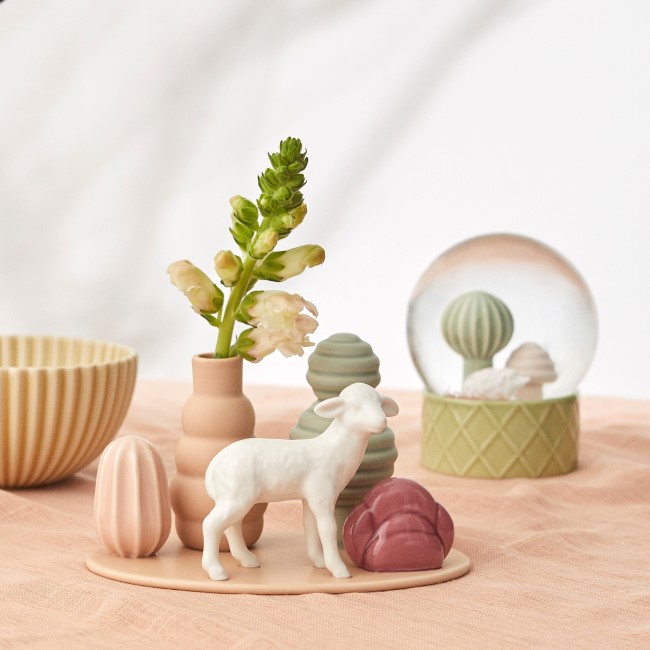
Mark Braun: How sustainable is your sustainability?
With his craftsmanship and sustainable approach to design, he has made it to the top: As a former “Talent”, Mark Braun stands for the success of the programme for young designers. He has been running his own design studio in Berlin since 2006 and works for renowned companies such as KPM, Mono, Nomos Glashütte and Thonet. With his professorship at the HBKsaar, he is actively involved in supporting young designers, as is Ineke Hans at the German Design Graduates.
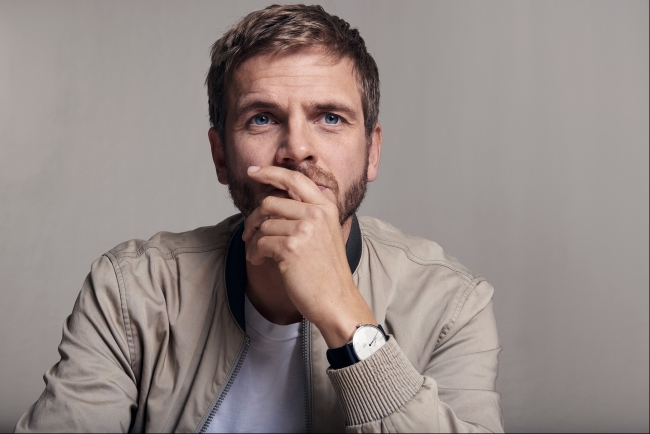
Braun has an all-round positive view of the relaunch of Ambiente: “It’s so important to be able to hold the products in your hands again and there’s no substitute for personal contact with business partners. The fair is very international, so you can also discover many new suppliers. The quality of the exhibiting companies is consistently very high, which underlines the importance of Ambiente as a leading trade fair.”
“Sustainability is the new normal”, the designer is convinced, “and if we all pull together, we can make the change to sustainable consumption. Every individual needs to ask themselves on a daily basis ‘How sustainable is my sustainability?’ The new popularity of topics like preserving or fermenting is just as much due to the quest for more sustainability as all concepts and product groups that help to reduce food waste. That’s why the topic of preservation also plays a big role for manufacturers.”


More conscious consumption is promoted through multifunctional products. Sustainable circular thinking was at the beginning of the “Serve+Store” range from Riess. Environmentally friendly production through hydropower, natural and recyclable enamel material and functional design for aroma-neutral food storage. In the blink of an eye, the storage container on the table becomes a butter dish or a snack box for on the go. To use resources more efficiently, the French porcelain manufacturer Revol has developed a process to recycle its industrial waste and thus drastically reduce the consumption of water and minerals. “No.W” is the first collection made entirely from recycled clay using the patented Recyclay® material.
An additional trend is named by Braun with the keyword “product care”. This means that manufacturers not only focus on new products, but also highlight their classics in the programme, supplement them with additional items or present them in the latest colours. “And finally, in these times after the pandemic and with war in Europe, design should also serve emotions and happiness. Well-designed products can create a pleasant home and thus a very personal shelter”, Braun is convinced. The Finnish company Happy Sinks feels in charge of happiness and sustainability in the home – with products like the fly trap “Konna”. It keeps the unwanted houseguests, the fruit flies, away from us, looks good in the kitchen and is made of a new Finnish wood composite material that has a low CO2 footprint.
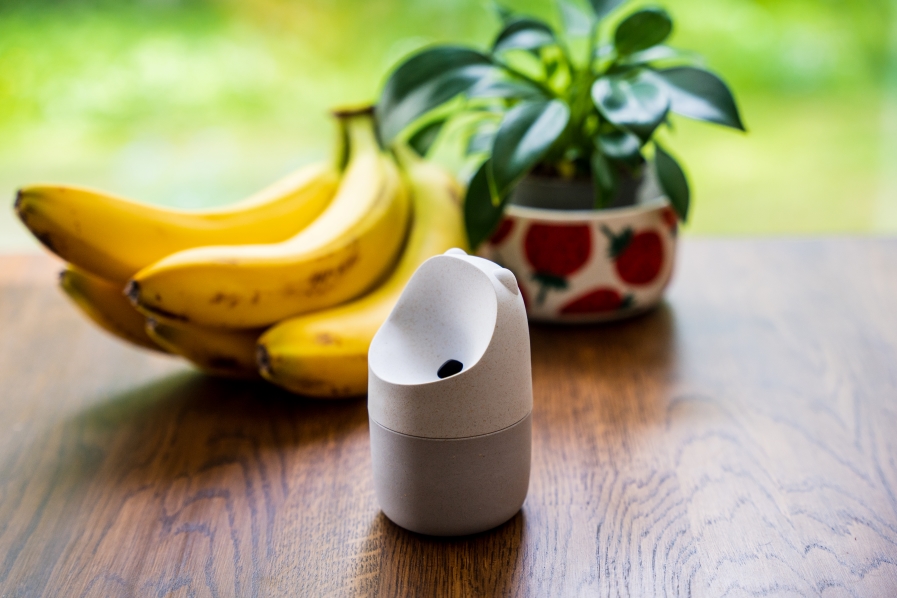
Header image: Simon Gehring/Revol/Shupatto
